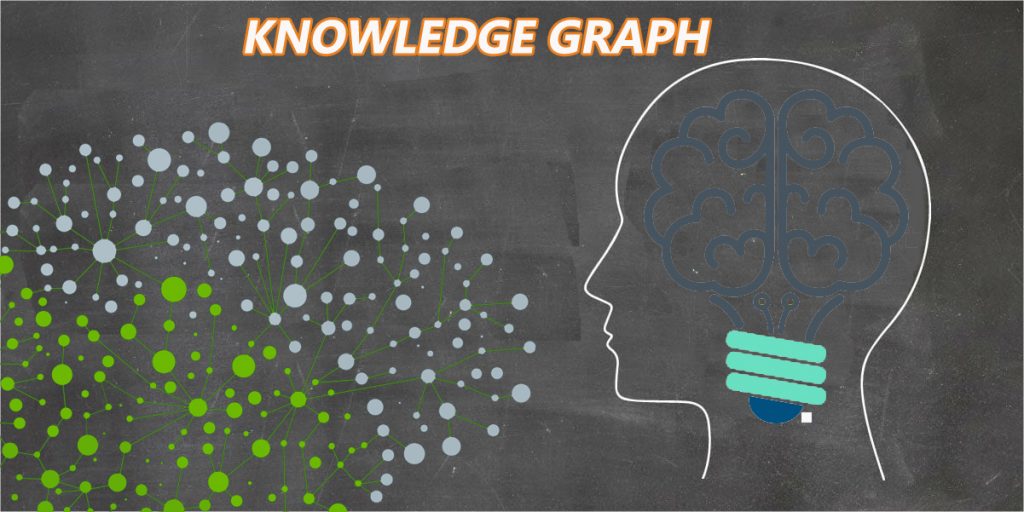Data representations based on complex point-to-point representations that can enable decision0making and drive AI components came to be known as Knowledge Graphs – though technologists and information science experts have had slightly varying definitions. According to the nomenclature and the technology taxonomy, knowledge graphs fall under the category of semantics or semantic web or intelligent app development.
Knowledge graphs can thus help make faster decisions with the precise connection of information vertices or dots that are connected by ‘lines’ that can be read in between. This high-end arrangement will become the key enabler among data-driven operations and action-items tied to business scenarios of the various markets and players operating in specific underlying niches and market segments.
These Knowledge Graphs are made up of semantic middleware layers and database components on top, which essentially resides as part of the middleware. The systems must be stable and futuristic – running on powerful algorithms that can not only enable smart decisions, but can act as the foundation for capabilities around which powerful AI frameworks that are also scalable with future requirements. In essence, they should be extendable yet manageable.
For example, a powerful website such as Google relies on search queries of customers, but its built-in API is based on industry-level one-to-one searches generated by users. In other words, it is short of covering universally interconnected objects across domains and business ecosystems. In contrast, knowledge graphs are usually built around protocols recommended by semantics theory as well as domain knowledge experts. The entire arrangement offers connectivity for endpoints’ integration and is implemented in line with the enterprise database architecture.
Let us take a classic yet evolving example of a dynamic home needs store – with diverse furniture and kitchenware lines. With conventional database packed up with a number of items and their corresponding codes, the underlying system carries a risk of crashing in real-time while retrieving the data associated with product details.
In order to improve search operations, the store updated the system with key Knowledge Graph drivers with pinpoint mapping. It would, thus, now be able for a couple to actually distinguish between individual items among the collection of side tables and precisely pick up the one to purchase.
Knowledge graphs essentially help in the reuse of data components and therefore avoid redundant operations on the same set of data. Knowledge Graphs now help compile structured and unstructured data – that makes search results all the more relevant and concise, while also helping users find documents or sheets from a library of information with much greater ease and simplicity.
With more consistency and greater agility, automated knowledge graphs can be built with the power of AI. Using a combination of Machine Learning, ontologies, and AI, knowledge domain experts can orchestrate pools of information into knowledge graphs that can grow itself with the help of well-defined ontologies. The process spares the role of dedicates data scientists for sustaining the knowledge base.
With new-age technologies for connecting data on online platforms, knowledge graphs have evolved as the more advanced form of complex data relationships that manifest themselves as the most advanced form of data-centric tools that an enterprise would need to streamline and transform all its business support systems and operational workflows. Two major steps include mapping graphs data among underlying entities – and then activating the graph data for leveraging the knowledge graphs.
A broad strategy around a stable Knowledge Graph revolves around the following:
Studying legacy software and integrating disparate touch-points and siloes
Converting structured and unstructured data into the chosen semantic forms
Deciding on a futuristic architecture based on the intelligent platforms attached
Finalizing a consistent, stable as well as enterprise-ready knowledge graph model
NYGCI (Knowledge Graph as a Service provider) partners with clients in terms of technology as well as resources to build functional and consistent models of knowledge graphs. Our multi-industry semantics suite has helped firms to achieve reusability of data and web-based semantics and resulting graphs by going around their enterprise-level needs. This will enhance re-use if industry data for maximum efficiency and throughput based on well-built ontologies and underlying frameworks.
